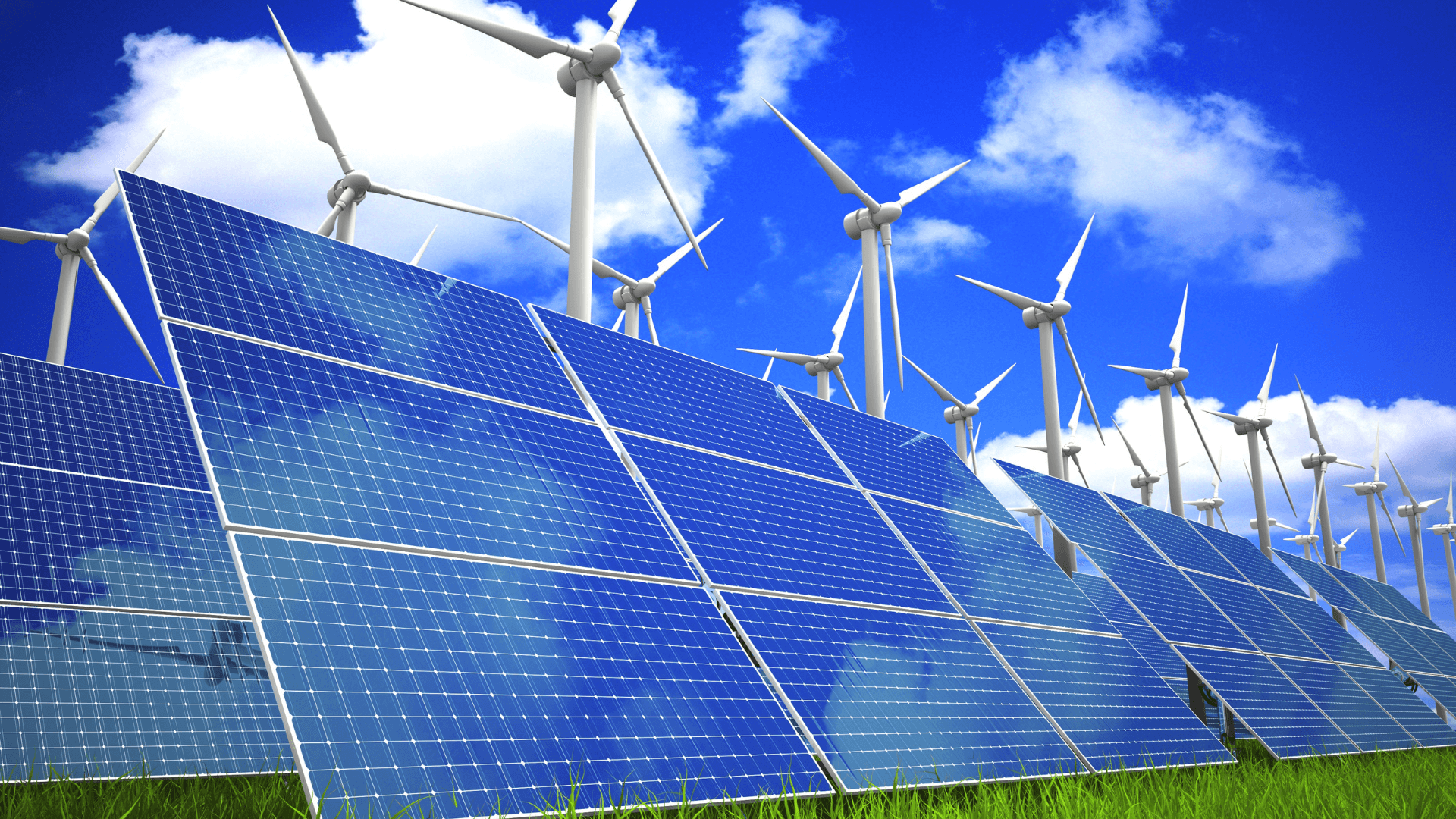
As the world becomes increasingly aware of the devastating impact of traditional fossil fuels on the environment, alternative energies are gaining popularity as a viable solution to our energy needs. From wind power to solar energy, biofuels to geothermal power, there are numerous options available to us today. Slowly but surely, oil and gas rigs are being decommissioned (with the help of wireline Lloydminster services and similar services elsewhere), reducing the environmental devastation caused by them. In this comprehensive guide, we will explore the different alternative energies in detail, including the benefits and drawbacks of each. Join us as we delve into the fascinating world of alternative energy and discover the many ways in which we can reduce our carbon footprint and protect the planet.
Alternative Energies
These alternative energy sources can be used to generate electricity, power homes, and businesses, and even provide heat and hot water.
Solar Energy
Solar panels are devices that convert sunlight into electricity. They are composed of photovoltaic cells that absorb sunlight and convert it into direct current (DC) electricity. Thankfully, the affordable cost of solar panels has made it possible for individuals to opt for this option. Put simply, this popular source of renewable energy has the ability to produce electricity without emitting any harmful pollutants or greenhouse gases.
And as said earlier, they are also cost-effective in the long run, as the initial investment pays for itself through lower electricity bills over time. Talking about the installation process, it is a relatively simple process and a professional can typically complete the installation within a day; those interested can find out more details here.
Wind Energy
Wind power or wind energy is the cleanest and most renewable of all energy sources. It is a sustainable, environmentally friendly way to generate electricity with:
- no emissions
- no greenhouse gases
- no nuclear waste
Wind power is a rapidly growing industry, with the potential to provide a significant amount of the world’s energy needs. In many parts of the world, wind power is already competitive with other forms of energy generation.
The main technology used to generate electricity from the wind is called a wind turbine. A wind turbine is a machine that converts the kinetic energy of the wind into electricity. Wind turbines are usually grouped in wind farms, which provide a major source of renewable energy.
In the mechanism of wind turbines, the main principle lies in harnessing the kinetic energy of the wind to induce the rotation of blades. These blades, forged from fiberglass or advanced composites, act as the catalysts for motion, propelling a shaft that in turn activates a generator, thus producing electrical energy. However, the continuous operation of this sustainable energy source necessitates a vigilant maintenance regimen, often performed by proficient entities like these fisher parts service providers. Their expertise ensures the sustained functionality and longevity of these pivotal energy-producing components.
Hydroelectric Power
Hydroelectric dams are one of the most popular forms of alternative energy and for good reason. They are extremely efficient at generating electricity, and can even provide extra energy during times of high demand.
Additionally, hydroelectric dams have very little environmental impact, as they do not produce any greenhouse gases. However, there are some drawbacks to hydroelectric dams. They can be expensive to build and maintain, and they can also disrupt local ecosystems.
Nuclear Energy
Nuclear energy is the energy in the nucleus, or core, of an atom. Atoms are the basic units of matter and the defining structure of elements. In a nuclear reaction, atoms are split or joined together to form new atoms. The resulting nuclear energy can then be used to create electricity in a process called nuclear fission. The released energy is used to heat water, create steam, and spin a turbine. The turbine turns a generator, which produces electricity.
Pros and Cons of Different Alternative Energies
There are many pros and cons of different alternative energy sources. Let’s differentiate the alternative energies we have discussed above.
Solar Energy
Solar energy is a renewable resource that is becoming increasingly affordable as technology improves. Solar panels can be fitted to roofs, meaning they don’t take up any additional land, whilst they can also be used anywhere, making them accessible to both urban and rural communities. However, solar energy is not available at night and the efficiency of solar panels is reduced during cloudy weather. Solar panels also have a relatively short lifespan and are hard to recycle.
Wind Energy
Another renewable energy source is wind energy. Wind turbines provide huge amounts of energy, capable of supplying entire regions. They can be placed on land quickly and cheaply, and can even be placed out at sea. However, the wind does not always blow, whilst they also need a lot of open space. The steel is also energy-intensive to manufacture, but it’s easy to recycle and the manufacturing process creates thousands of jobs. Additionally, some people love the way they look, but others hate the visual pollution, leading to disagreements.
Hydroelectric Energy
Hydroelectric power is a renewable energy source that is generated by damming a river. Hydroelectric power is very efficient and provides constant energy, making it more reliable than solar and wind. This means it’s able to meet demand even at peak times, reducing energy bills. However, the construction is energy-intensive and expensive, whilst the impact on the local, wildlife, environment and geology can be huge. Towns and villages can even be flooded as water levels rise behind the dam, leading to the loss of historic communities.
Nuclear Energy
Nuclear power is not a renewable energy source (uranium and plutonium will eventually run out), but it is a carbon-neutral energy source. Nuclear power can generate vast amounts of electricity on a constant basis, making it reliable at peak times, but it is ridiculously expensive to build a nuclear power plant. It can also take many years to get up and running, but it can provide many jobs even after construction. However, nuclear power stations are dangerous, being a major threat during war and natural disasters, whilst nuclear waste is also impossible to make safe.
There is a lot to learn about alternative energies, but we hope that this guide has given you a good overview of the available different types. With so many options out there, it’s important to do your research and figure out which type of energy will be best for your needs.
Whether you’re looking for a more environmentally friendly option or one that will save you money in the long run, there’s an alternative energy out there that’s perfect for you.
